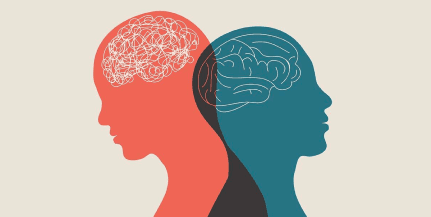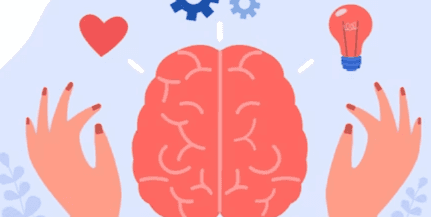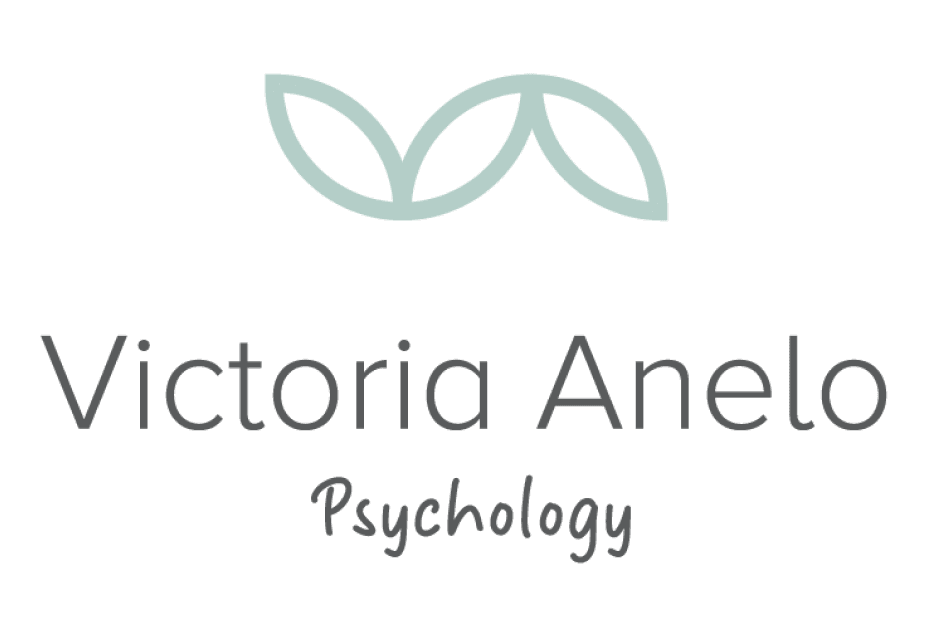Have you ever heard of the term “mindfulness”? Have you wondered how it can be applied in daily life? In this article, we will explore how to weave mindful awareness, or mindfulness, into our daily routine, allowing us to experience the present moment more fully and consciously.
We live in a fast-paced world, where multitasking and constant distractions pull us away from our essence and genuine enjoyment of the now. Most of us spend our days in perpetual motion, never truly stopping to 'feel' life. 'Mindfulness' is not just a trend or a fancy term; it's an age-old tool inviting us to reconnect with the here and now, to be genuinely present in every activity and every breath. If you've felt overwhelmed, distracted, or disconnected from your own life, this article is for you. Discover how the practice of mindful awareness can be your compass amidst chaos, guiding you towards a more centered, conscious, and fulfilling life.
The storm of modern life
In the era of technology and globalization, we are constantly bombarded with stimuli: notifications, emails, calls, and an endless to-do list. This onslaught of information and responsibilities has plunged us into an ocean of distractions, where it's easy to feel adrift. But before addressing the solutions and tools that can help us navigate these turbulent waters, it's essential to understand the nature and impact of this phenomenon on our mind and well-being.
The cycle of distraction
Distraction has become our second nature. Every time our phone rings, a new email arrives, or a notification lights up the screen, our brain releases small doses of dopamine, a neurotransmitter linked to pleasure and reward. This biochemical reaction has conditioned us to continually seek out these fleeting bursts of satisfaction, creating an addictive cycle. However, this constant interruption fragments our attention, diminishes our ability to concentrate, and ultimately, pulls us away from living in the moment. Besides draining our mental resources, this never-ending cycle of distraction robs us of precious moments of genuine connection with ourselves and others.Recognizing how constant distraction envelops and distances us from our essence prompts the question: How can we find ourselves amidst this whirlwind? The answer lies in rediscovering and practicing the art of the pause.
The art of the pause: rediscovering the value of stopping and being present.
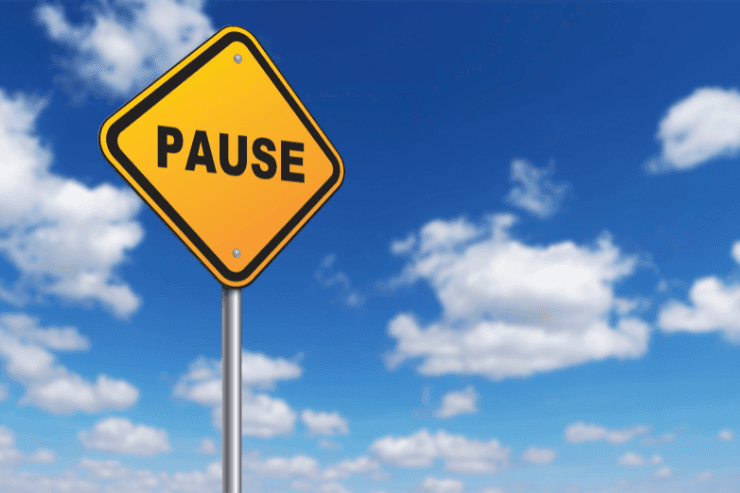
The pause, that small interruption amidst ceaseless activity, holds transformative power far beyond what we might initially imagine. More than just a simple break, the pause is an act of rebellion against the frenetic pace imposed by modern society. But why is stopping and being present so valuable? Both science and ancient wisdom offer us some insights.
Benefits to the body:
Stress reduction: By stopping and simply being, our body begins to exit the "fight or flight" mode associated with chronic stress. This allows for a reduction in the release of cortisol, the stress hormone, facilitating relaxation and body recovery.
Boosting the immune system: Studies have shown that meditation and mindfulness, practices intrinsically linked to the art of pausing, can strengthen our immune system, making us more resistant to illnesses.
Optimized digestion: Being relaxed and present during meals improves our digestion. The body can process food more efficiently, absorbing nutrients optimally.
Mental health benefits:
Improved concentration: By regularly practicing pauses and cultivating mindfulness, we train our minds to be more focused and less scattered. This allows us to be more efficient in our daily tasks and activities.
Promotion of emotional resilience: The pause gives us space to process our emotions, rather than suppressing them or reacting impulsively. By being present with what we feel, we develop a greater capacity to handle adversities.
Connection with self-care: Taking a moment for oneself is not a selfish act, but an essential one. It reminds us of the importance of taking care of ourselves, valuing ourselves, and setting healthy boundaries in our lives.
Reduction of anxiety and depressive symptoms: Mindfulness, often practiced during these conscious pauses, has been proven effective in reducing symptoms related to anxiety and depression.
The practice of stopping and reconnecting, far from being a mere trend, is a vital necessity in the contemporary world. By integrating moments of pause into our routine, we not only benefit our physical and mental health, but we also open ourselves to a life of greater quality and depth. As we discover the power of pauses in our daily life, it's essential to understand that these breaks have their roots in a practice that has stood the test of time: Mindfulness. But what is mindfulness truly, and where does its profound impact stem from? Let's delve into the heart of this practice and explore its essence and gifts.
Delving into the heart of mindfulness
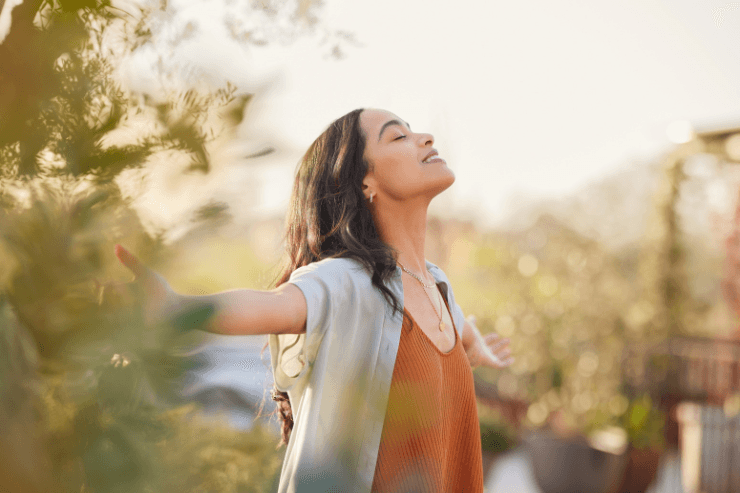
Roots and essence: from ancient traditions to the modern revolution of mindfulness
Mindfulness, or full attention, is not a passing fad of the 21st century. Its roots trace back to ancient traditions, especially in Buddhism and other meditative practices from the East. It was, and continues to be, an essential tool for connecting with the present, living every moment fully, and shedding distractions and worries about the past or future. However, it wasn't until recent decades that the West adopted, adapted, and formally recognized the benefits of mindfulness. It has transformed it into a set of therapeutic techniques and a wellness revolution that has proven effective in facing the challenges of modern life.
The gifts of the practice: tangible benefits of living mindfully
Living with mindfulness goes beyond simple meditation or daily pauses; it's adopting a life philosophy. The gifts of this practice are many:
Emotional well-being: Helps manage and reduce stress, anxiety, and depression.
Mental clarity: Promotes a clear mind, reducing mental noise and improving concentration.
Self-awareness: Encourages a deeper understanding of oneself, our patterns, emotions, and responses.
Empathy and compassion: By being present, we become more receptive and understanding toward others and ourselves.
Physical health: It's associated with better immune function, lower blood pressure, and improved sleep.
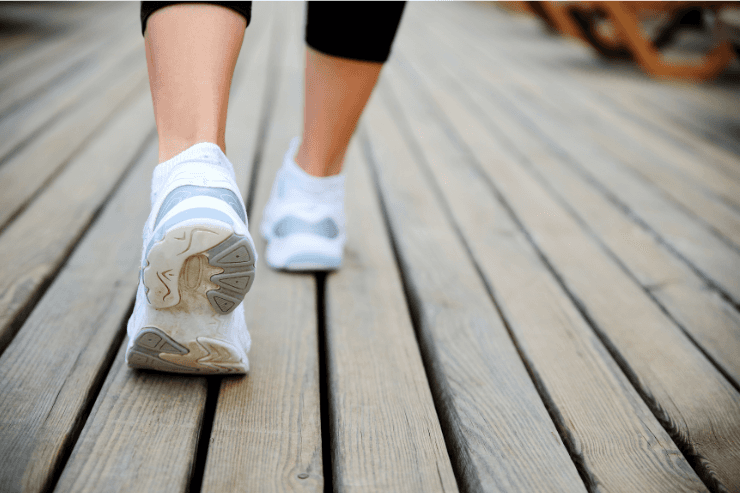
Understanding the roots and benefits of mindfulness, we realize that it's much more than just a technique: it's an invitation to live with fullness, authenticity, and connection. This path to lasting and comprehensive well-being doesn't need to be paved exclusively with long meditation sessions. In fact, the true essence of mindfulness lies in its versatility and how it can be integrated into the simplest and most everyday moments of our lives. Far from being a complex practice or demanding too much of your time, mindfulness adapts to you and your pace.
Next, we propose accessible tools and rituals that you can easily adopt, bringing mindfulness to your daily life without being an expert meditator.
Daily tools for mindful living
Beyond the theory and understanding of mindfulness, it's essential to equip oneself with practical tools that allow us to integrate full attention into our daily routine. These tools don't require big changes, but small adjustments that can have a significant impact on our well-being:
Conscious breathing: Throughout the day, take moments to focus solely on your breathing. Feel the air coming in and going out, and let each inhalation and exhalation anchor you to the present.
Mindful eating: Turn your meal into a meditative experience. Notice the colors, aromas, and flavors of each bite, and be grateful for the nutrients it provides.
Mindful walks: Walk leisurely, feel each step, observe your surroundings, and feel your connection to the earth.
Active listening: When interacting with others, offer your full attention. Listen without judging or planning a response, just be there, present.
Creating mindfulness rituals
Consistency is key to seeing the real benefits of mindfulness. And one of the most effective ways to ensure that consistency is by establishing rituals that easily integrate into our routine:
Morning meditation: Dedicate the first minutes of your day to sitting in silence, breathing, and setting your intentions.
Gratitude journal: Before sleeping, write down three things you're grateful for. This practice helps you focus on the positive and foster a perspective of abundance.
Scheduled pauses: Set alarms or reminders throughout the day to take short breaks, stretch, breathe, or simply observe your surroundings.
End-of-day mindfulness practice: Reflect on the moments when you were fully aware and those when you were distracted. Without judging yourself, acknowledge these instances and aim to be more present the next day.
In this era of constant stimuli and distractions, making the conscious decision to live mindfully is a revolutionary act of self-love and resistance. By integrating these tools and rituals into your life, you'll not only be addressing the challenges of modern life, but you'll also be giving yourself moments of clarity, peace, and genuine connection. Let this journey towards mindfulness be a constant reminder that, amidst the noise and haste, you can always find a sanctuary of calm within yourself. Go on, breathe, and live fully!
Mindfulness metaphor

Picture a lake near a mountain, surrounded by ancient peaks and silent forests. Its surface is a perfect mirror, reflecting the blue sky, the passing clouds, and the dance of falling leaves.
Now imagine that every thought or emotion we experience is like a stone thrown into the lake. It creates ripples, but the lake, in its deep stillness, simply welcomes them and allows them to fade, returning time and again to its calm state.
Mindfulness is that ability of the lake to reflect everything clearly, to not cling to any ripple, and to always return to serenity, no matter how many stones are cast into its waters. It is the sacred space where everything is seen, felt, and acknowledged, yet nothing disturbs its peaceful and reflective essence.
Explore more articles
A mindful approach. Strengthen your personal relationships
Love
Relationships
Healthy
Read Article
Therapeutic tools to efeffectively address and resolve unforeseen challenges and problems.
Resolution
Strategies
Read Article
Acceptance and Commitment Therapy to cultivate self-love.
Self-Love
Acceptance
Commitment
Read Article

